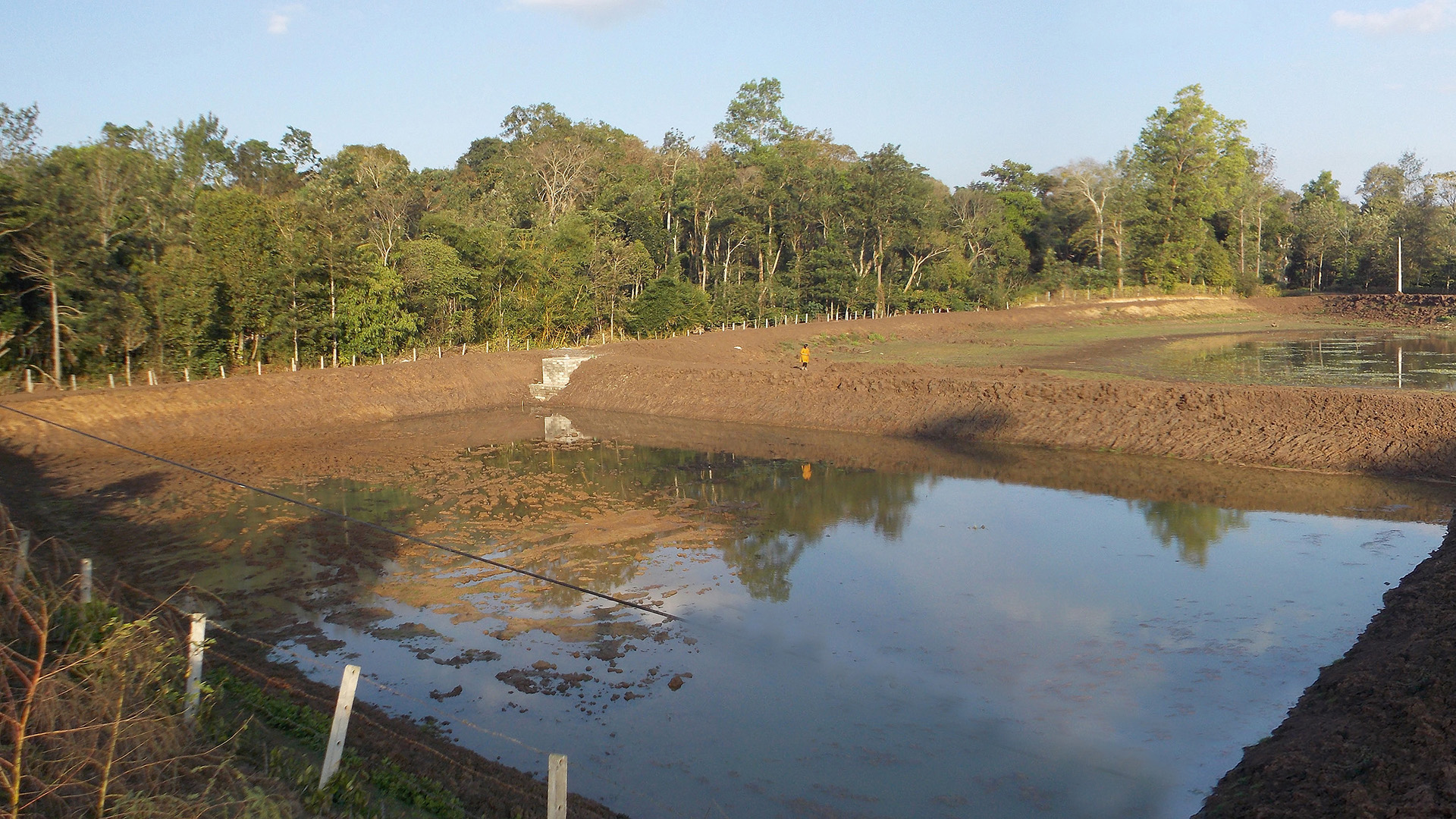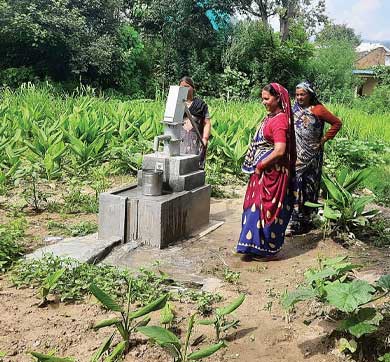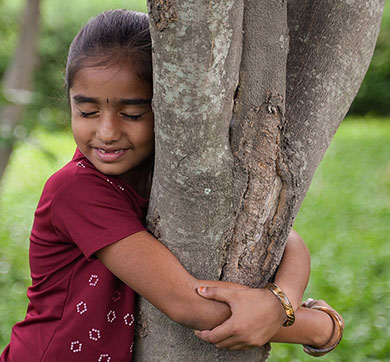April 2025 | 832 words | 3-minute read
The rolling hills, soft green slopes, and white blossoms in the coffee-growing pockets of Karnataka reveal little of the region’s past struggles. A couple of years ago, Kodagu, Hassan, and Chikmagalur districts were battling severe water scarcity. The crisis, quite expectedly, had a cascading impact on the surrounding communities and the ecosystem. “Despite good rains, the lakes were dry in summers and had been silted over the years, preventing farmers from taking up second and third crop cycles,” says Snigdha Singh, Vice President- Organisational Effectiveness, Culture, and CSR at Tata Consumer Products Limited (TCPL).
Tata Coffee – now merged with TCPL – whose coffee plantations are spread over 31,000 acres, initiated a study to understand the ecological characteristics of the region in association with the Water Literacy Foundation. “We researched the past rainfall pattern, soil characteristics, infiltration rate, and slope of the area,” says Ms Singh. The recognition of the immense potential for runoff (excess water that flows across the land and into waterways) to recharge the groundwater inspired Tata Coffee to design a unique model called the ‘Lake-in-Lake’. Launched in 2018, the model involves creating a smaller lake within a larger lake to restore the lake to its original capacity by recharging the water in all four layers of the earth, including the depleted groundwater, deep soil, subsoil, and the surface.
Capturing water before it runs off
The Lake-in-Lake model is based on the premise that soil acts as the largest reservoir of water if treated in the right way. “Put simply, a small earthen pond is dug out on the surface and lined with a bund on all four sides to retain water for a longer duration. This facilitates percolation and replenishment of groundwater by capturing runoff or water that flows over land before reaching a watercourse,” says Ms Singh.
Tata Coffee has implemented the initiative in six villages that faced severe water shortages and were also close to their coffee estates. The locations were picked based on the availability and condition of existing water bodies and their potential for community impact.
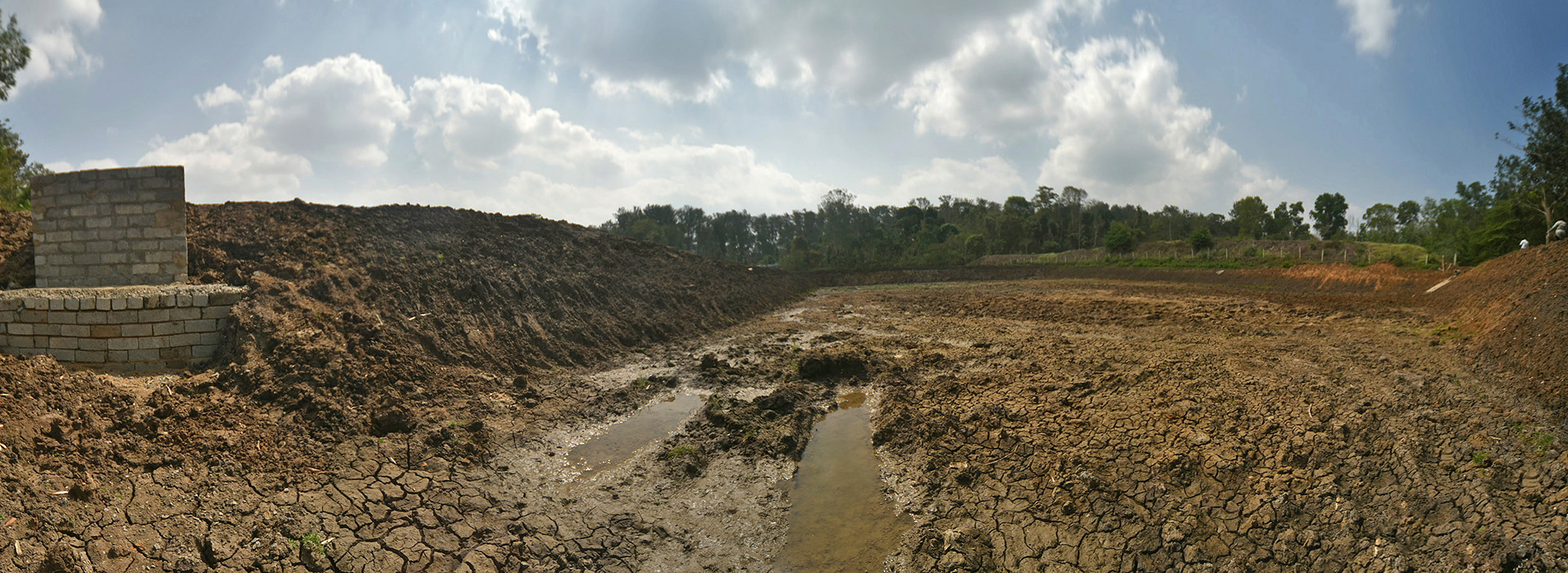
To understand the extent of water scarcity, a baseline survey was carried out in the six villages. The survey revealed that water shortage in the villages is a recurring problem, especially during summer, lasting over three to five months. It also indicated that the groundwater table was declining and most of the existing lakes had been encroached upon or were poorly maintained. “Per hectare, nearly 2.5 tonnes of silt was getting accumulated in the sea. Since desilting lakes would have been expensive, we adopted this model to recharge groundwater.” The height difference between the lake and the constructed structure creates pressure and forces the water to flow into the pit. The road-cum-bund also helps prevent encroachment and contamination. “It essentially doubles as a recharge structure and a well, making it a robust solution to prevent water scarcity.”
Gains that go beyond water
Until now, a total additional water recharge of .71 billion litres per annum has been achieved. Currently, the daily availability of potable water stands at 4.19 kilolitres per annum, leading to annual cost savings of over 11 million for each village. “Effective percolation techniques have been employed to reduce soil erosion, particularly in hard rock areas, and storm drain water is used via open and closed sumps to recharge old bores,” shares Ms Singh.
The effectiveness of the model is measured by regular groundwater level monitoring before and after implementations and the yield year on year. This is accompanied with consistent water quality analysis and community feedback and engagement with the beneficiaries. The initiative has directly benefitted over 18,000 individuals by improving their drinking water supply and saving tanker water in six gram panchayats.
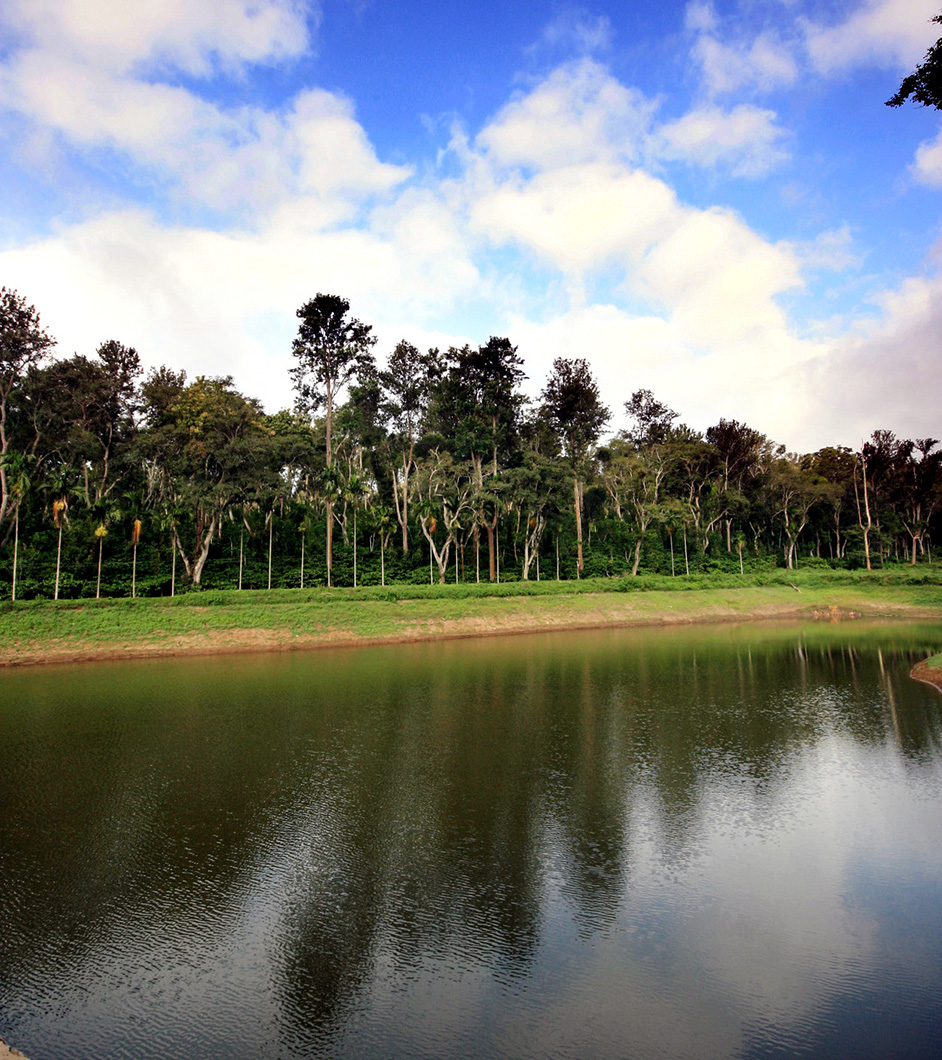
The intervention has not only conserved water but also reduced utility costs, enabling communities to channel the resources towards village upliftment. For instance, the money that was spent on water tankers is now used to enhance access to education and healthcare. “The availability of clean water sources has improved attendance in schools as previously girls had to walk for several hours just to fetch water,” says Ms Singh. Local communities, it turns out, play a crucial role in the success of the project by participating in the maintenance and monitoring of the lakes through community youth called water warriors. Plans are now underway to expand and replicate this model in other regions or projects. “High scalability and low costs make the Lake-in-Lake model viable for areas facing similar challenges.”
—Anju Maskeri




